On my latest trip through northern Spain, I stumbled on a travel gem that really deserves some attention. Huesca is hands-down the best place to stay if you want to see the stunning Loarre Castle and the wild landscapes of the pre-Pyrenees.
This small city puts you close to everything—medieval history, mountain adventures, good food, and friendly people. I love how easy it is to get around from here.
Each morning in Huesca, I could plan my day trips without feeling rushed or stressed. The drive to Loarre Castle winds through peaceful hills, and I reached the castle’s ancient walls in just about 30 minutes.
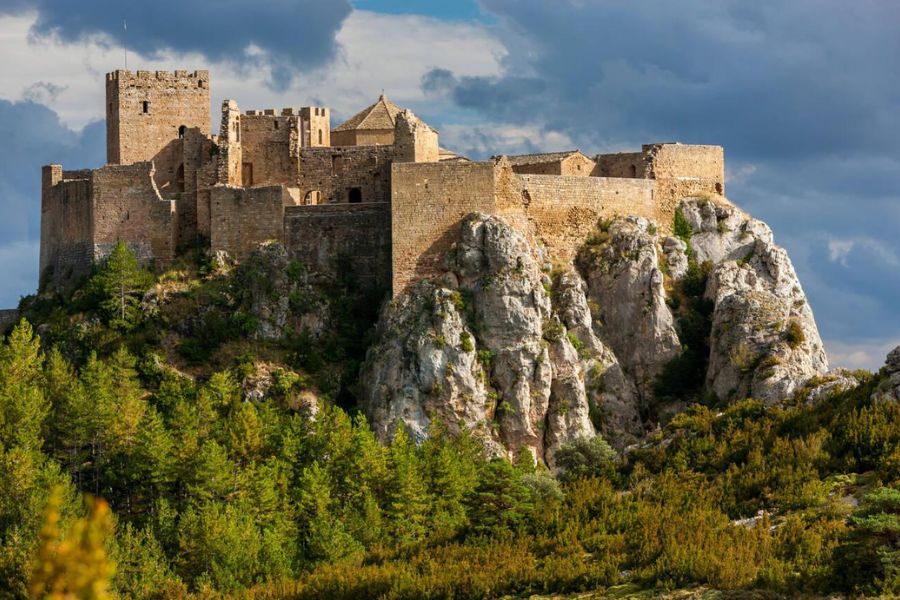
After wandering the castle, I’d head back to town for local food, a chat with locals, and a quiet evening. It just feels easy.
Choosing Huesca as my adventure hub gave me more time for exploring and less time stuck in a car or on a bus. There’s something comforting about returning to the same cozy spot after each new adventure in the pre-Pyrenees.
Why Huesca Makes the Ultimate Gateway to Loarre Castle
Huesca isn’t just a stopover—it’s a lively, smart base for anyone wanting to see Loarre Castle and the Pre-Pyrenees. Short drives, gorgeous scenery, and local culture all come together here, and I found plenty of reasons to stay.
Proximity and Easy Access to Loarre Castle
The best thing about Huesca? It’s so close to Loarre Castle. The castle sits about 35 kilometers from the city, so I reached it in half an hour by car. That meant I could sleep in and take my time.
Local roads are clear and well-marked. I saw plenty of signs pointing to Loarre, and there’s a decent amount of parking near the site. Planning my day trip felt easy, not stressful.
If you don’t have a car, buses sometimes run from Huesca, so it’s not a hassle for travelers.
Scenic Drives and Stunning Landscapes
The drive from Huesca to Loarre Castle surprised me with its beauty. As I left the city, open fields and distant mountains rolled out in front of me. The Pre-Pyrenees are all gentle hills, wildflowers, and old olive groves, especially in spring.
I stopped at a few viewpoints along the way, and wow—photography lovers will want to do the same. Every turn brings a new view of the castle or the countryside. Even the drive feels like part of the adventure.
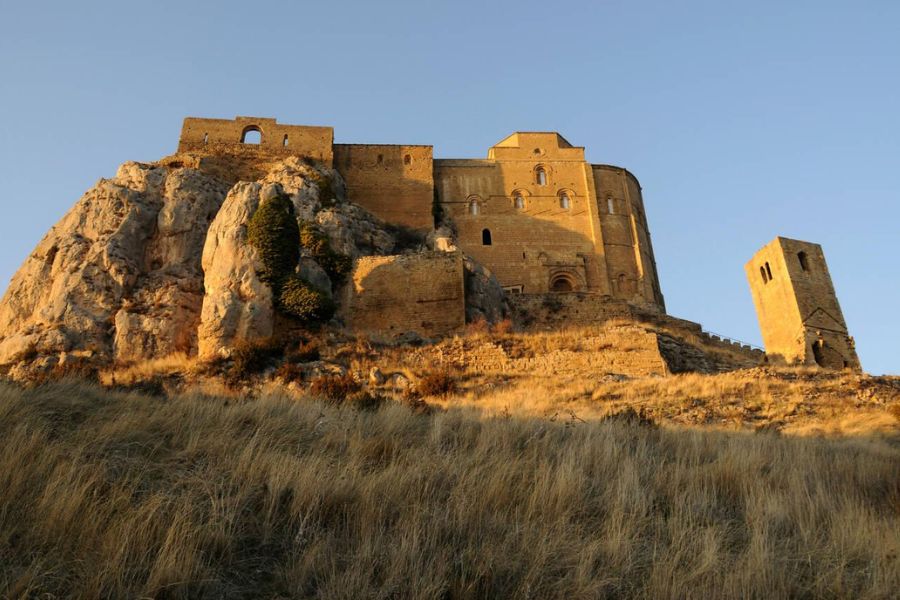
Highlights:
- Wide views of the Pre-Pyrenees mountains
- Seasonal colors everywhere
- Small glimpses of traditional villages
Rich Local Heritage and Authentic Experiences
Huesca isn’t just about landmarks. The city itself is packed with stories and art. After my castle visit, I wandered old streets with medieval buildings and sampled Aragonese food in little taverns.
Small museums taught me more about the city’s ties to the castle and the region’s past. Festivals and markets fill Huesca with energy. I chatted with locals, tried homemade cheeses, and explored historic churches and city walls.
If you care about authentic travel, Huesca is much more than just a launchpad for Loarre Castle.
Unveiling the Wonders of Loarre Castle
Loarre Castle rises on a rocky hill in Huesca province. Its ancient walls, sweeping views, and winding passages make it a must-see for anyone exploring the Pre-Pyrenees.
A Medieval Marvel Steeped in History
Walking through Loarre Castle, I felt like I’d stepped into the 11th century. King Sancho Ramírez built it in 1085, and it stood as a stronghold against Moorish forces. Later, after the Moors of Huesca fell, it became a royal residence and a symbol of Christian power in Aragon.
The castle stands on top of Roman ruins, so there’s a double layer of history. Thick stone walls, arched doorways, and towers once protected soldiers and royalty. Every shadow seems to whisper stories of sieges and medieval life. If you’re into history, this place pulls you straight into the past.
Must-See Highlights and Hidden Corners
Certain parts of Loarre Castle just stand out. The central keep, the oldest section, towers above everything. Climbing the spiral stairs gave me a real sense of what defenders must have felt, scanning the horizon for trouble.
The Romanesque chapel nearby offers a peaceful spot, with carvings and sturdy columns. Near the outer walls, I found hidden rooms and passageways. One quiet courtyard had wildflowers growing between the stones—great for a quick photo or just a moment of peace.

Don’t skip the underground cistern—medieval engineering at its best. Most visitors stick to the main paths, but I recommend exploring every nook. The castle reveals its secrets slowly.
Capturing Magical Views and Photography Tips
Almost everywhere you stand in the castle, the landscape stretches for miles. Perched on a rocky outcrop, the castle overlooks the Huesca valley, with the Pyrenees in the distance.
I carried my camera everywhere. Sunrise and late afternoon brought the best light—shadows and golden tones made the stone walls even more dramatic.
My favorite photo tricks here?
- Wide-angle lens: Fits the whole castle in one shot
- Low angles: I knelt down to show off the fortress against the sky
- Patience: Waiting for the right light or clouds made all the difference
I checked the views from every turret and rampart. The combination of height and scenery gave me some of my best travel photos from Spain.
Exploring the Pre-Pyrenees: Outdoor Adventures Await
The Pre-Pyrenees near Huesca are a wild playground for nature lovers like me. Winding trails, high viewpoints, rugged climbing spots, and unique wildlife—there’s always something new.
Best Hiking Trails and Panoramic Vistas
Hiking here is always a highlight for me. The Sierra de Guara Natural Park stands out for its variety of trails. I wandered through deep canyons, across limestone cliffs, and up to heights with vast views.
Trails like the Ruta de los Mallos de Riglos offer great photo ops and a peaceful vibe. On clear days, I spotted snowy Pyrenees peaks far off. The routes are well-marked, and there are options for families and hardcore hikers.
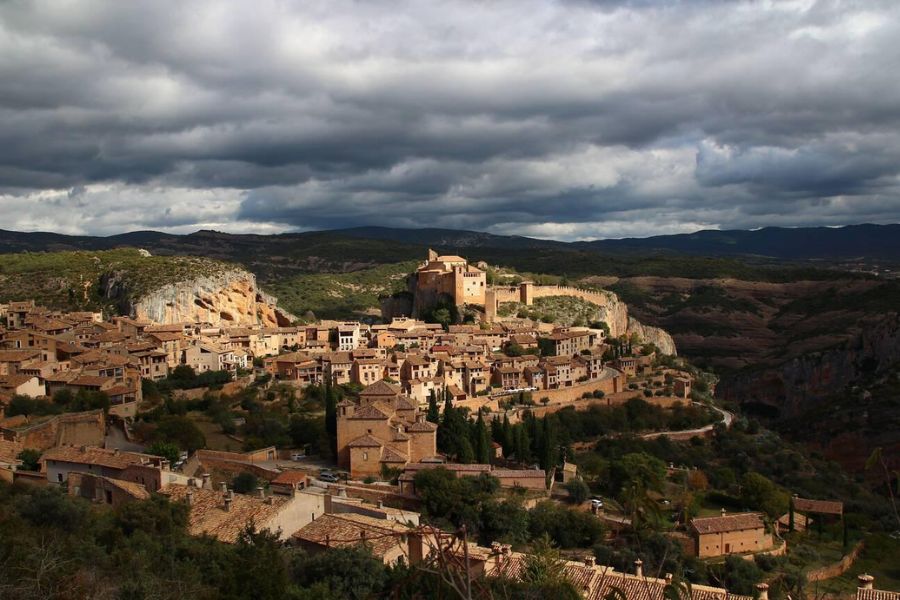
I always pack sturdy boots and plenty of water. My favorite hike leads up to the Tozal de Guara, the highest peak. It’s tough, but the 360-degree views at the top are worth it.
Thrilling Rock Climbing and Nature Activities
Climbers love Huesca’s cliffs—especially around Riglos, which some call legendary. I’ve watched climbers tackle the Mallos de Riglos, those massive red rock towers. There are routes for all skill levels.
If I’m not in the mood to climb, I can try canyoning, mountain biking, or kayaking. Rivers like the Vero offer clear pools and rapids, especially in summer. Local outfitters rent gear and guide trips, so beginners can jump in too.
Honestly, the best part is mixing adventure with the scenery—cycling through old villages, swimming under waterfalls, or just pausing to watch the birds.
Wildlife Encounters and Guided Excursions
Wildlife thrives in the Pre-Pyrenees. Bearded vultures soar overhead, and sometimes, if I’m quiet at dusk, I hear wild boar in the brush. In spring, wildflowers and butterflies cover the hills.
When I want to learn more, I book a guided nature walk. Local guides love sharing their knowledge of the park’s animals and hidden spots. These tours often bring me to places where I might spot rare species or ancient rock art.
If you love photography or just want to see nature up close, go early or late in the day. I always keep my camera ready for deer or griffon vultures.
Discovering Huesca’s Unique Charms Beyond the Castle
Huesca has a lot more going on than just Loarre Castle. The city buzzes with markets, tasty food, and a walkable old town full of art and history.
Vibrant Plaza Del Mercado and Local Life
Whenever I visit Plaza Del Mercado, Huesca’s heart feels alive. This central square isn’t just a market; it’s where locals gather. Street musicians play, shoppers browse for fresh produce, and outdoor cafés fill with friends.
I love wandering the market stalls, especially during the weekly open-air market. There’s everything from local cheeses to handmade crafts. Vendors are usually happy to share tips or a bit of gossip.
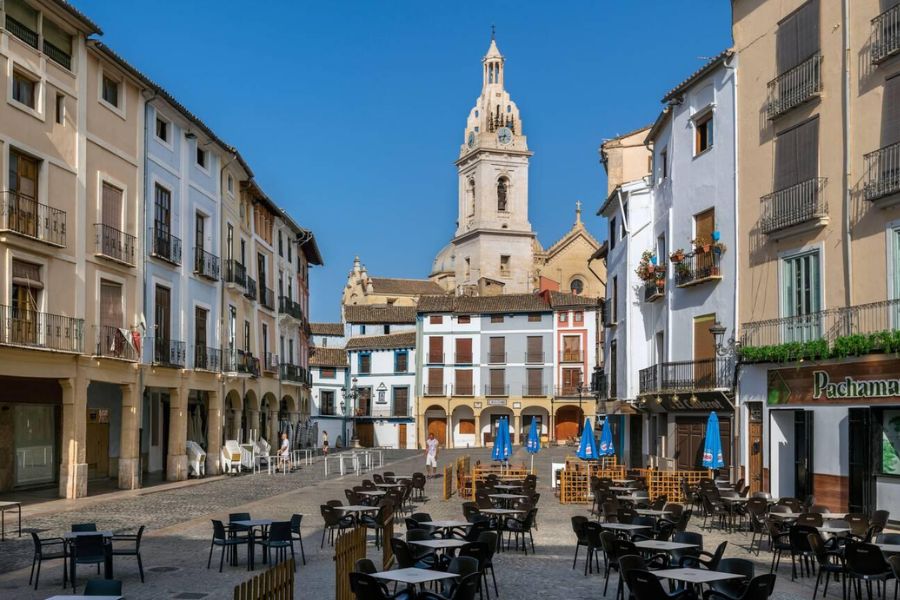
Spending time here gives me a real sense of daily life. Sometimes I just sit and watch, letting the city’s pace slow me down.
Gastronomic Delights and Tapas Adventures
Huesca’s food scene is always a highlight. Tapas bars crowd the streets near the old center, each tempting me with different small plates.
I always stop at a classic bodega for jamón and Manchego, then grab a sweet treat from a bakery—trenza de Huesca is my personal favorite.
Menus celebrate local produce. I never skip trout from the streams, roast lamb, or migas (a breadcrumb dish). Hopping from bar to bar is affordable and fun, and locals do it most evenings.
Chatting with bartenders helps me find the best bites. Every place has a specialty, and half the fun is trying something new.
Art, Architecture, and Atmospheric Streets
Walking Huesca’s historic center always feels magical. Gothic churches, Renaissance façades, and colorful medieval houses line the narrow streets.
I love the Huesca Cathedral—its stone carvings and peaceful cloister are impressive. Art fans will find small galleries and museums scattered through the city. The Diocesan Museum inside the cathedral has amazing religious art, while modern murals add color to quieter corners.
At sunset, golden light makes the old town glow. Even a simple evening stroll brings surprises and quiet moments.
My Adventure Hub: Insider Tips for an Unforgettable Stay
Staying in Huesca keeps me close to both the charm of the old town and the wild Pre-Pyrenees. Picking the right place to sleep and figuring out how to get around really makes a difference in this underrated part of Spain.
Best Places to Stay in Huesca
Whenever I visit Huesca, I want options that actually fit my vibe and budget. For historic vibes, I usually grab a room in the old town right by the cathedral.
A lot of these boutique hotels show off views of medieval buildings or cozy little plazas. I can walk to tapas bars and shops from most of them, which is honestly a must for me.
If I’m in the mood for something more modern, I pick a hotel near the train station. These spots usually have more amenities and parking is way less stressful.
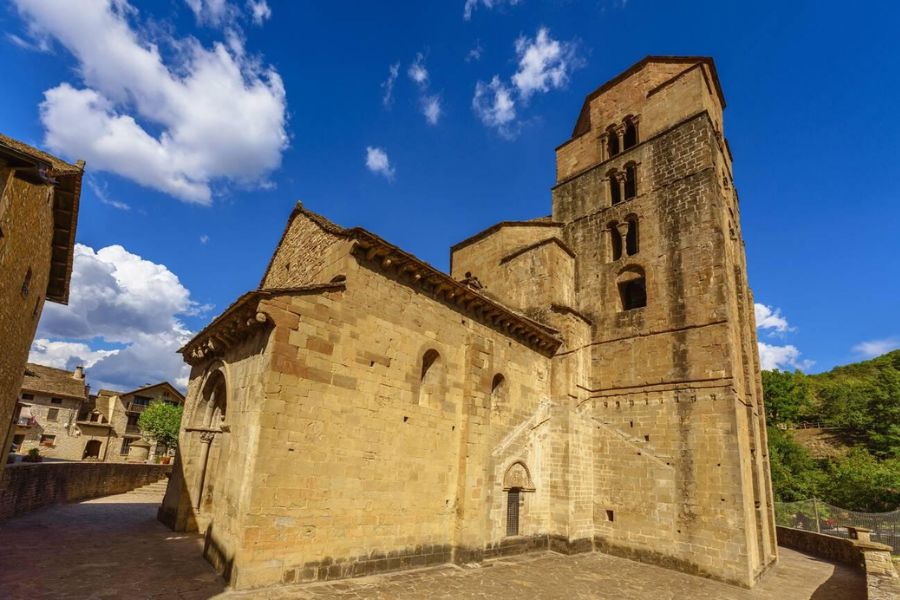
When I’m feeling adventurous, I like the rural “casas rurales” outside Huesca. They feel peaceful and make it way easier to get to Loarre Castle or hit the hills early in the morning.
I always check if breakfast comes with the room, and I try to find places with air conditioning—summer gets hot here, trust me.
Here’s a quick overview:
| Stay Type | Best For | Highlights |
|---|---|---|
| Old Town Boutique | History lovers | Walk to sights, local charm |
| Modern Hotels | Convenience | Parking, comfort, AC |
| Rural Homes | Nature explorers | Quiet, close to trails and castle |
Getting Around Smoothly
Driving lets me explore Huesca at my own pace. I usually rent a car right at the train station for day trips to Loarre Castle or out to the Pyrenean foothills.
Parking feels much easier here than in bigger cities. I always go for a small car—those narrow streets and winding rural roads just make it the obvious choice.
Public buses reach some sights, though honestly, the schedules can be a bit unpredictable, especially on weekends. Around town, I mostly stick to walking. Historic Huesca is so compact and pretty easy to get around on foot.
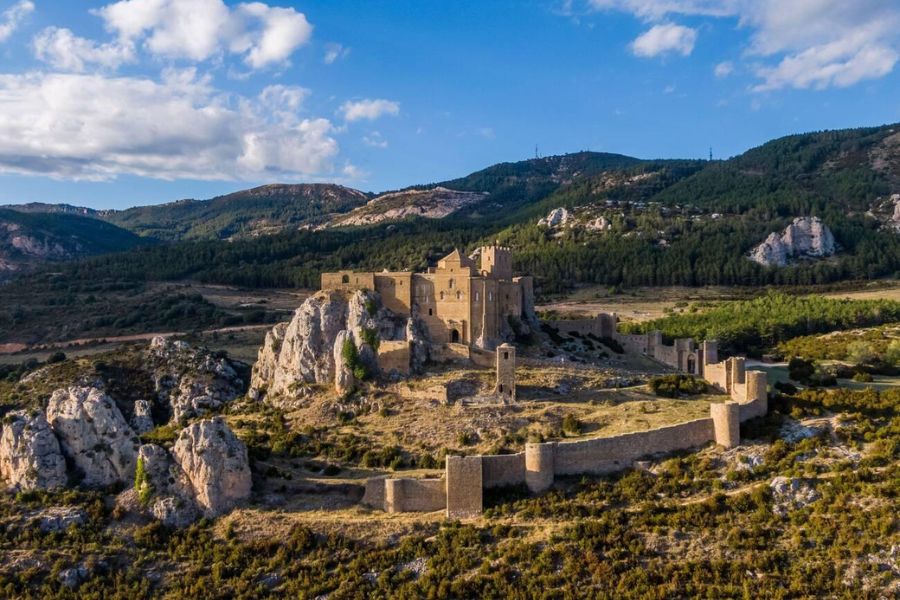
If you’re feeling adventurous, you can rent a bike. It’s actually a fun way to reach scenic viewpoints or little villages nearby.
Before heading out, I always double-check opening hours and look for any local festivals. Sometimes a route gets crowded or closes for an event, and it’s just better to know in advance.

